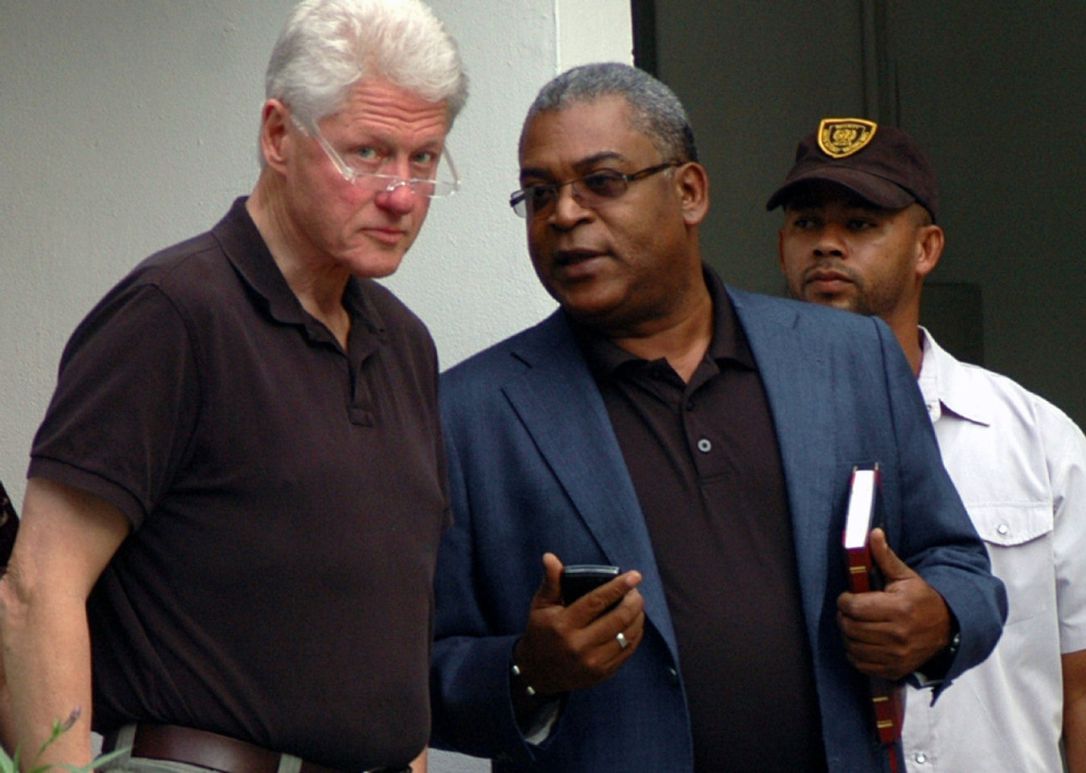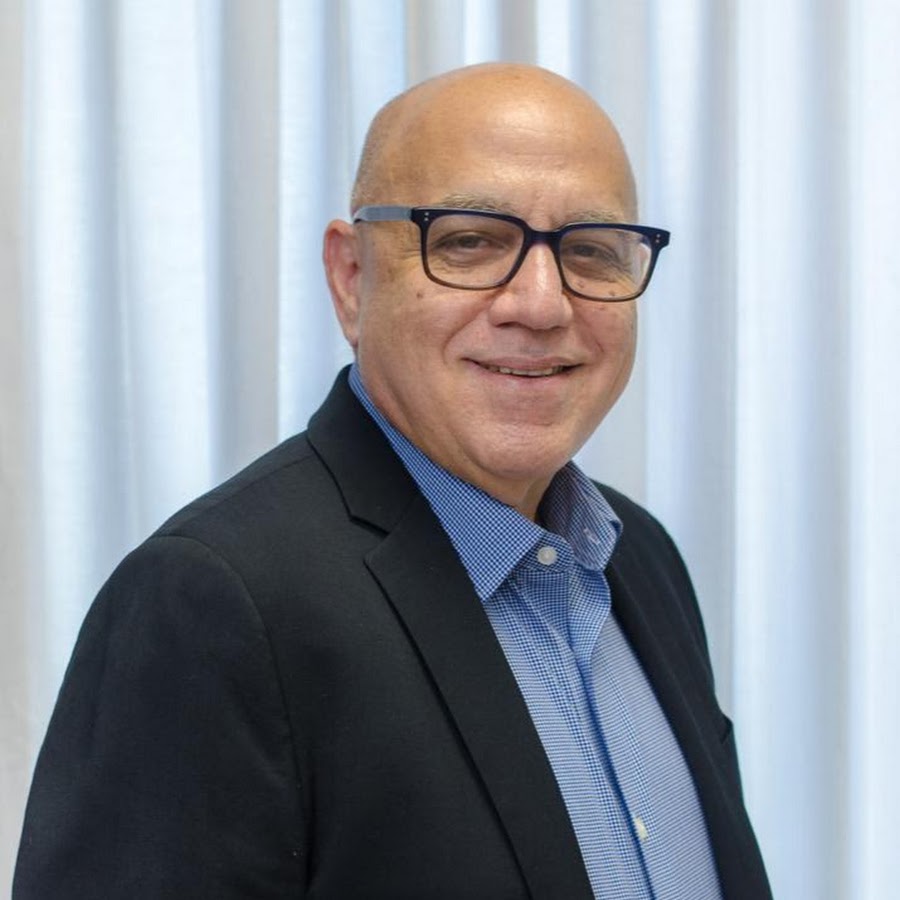
This year marks the 11th anniversary of Haiti’s devastating Jan. 12, 2010 earthquake, which not only destroyed a good part of the infrastructure of cities like Port-au-Prince, Jacmel, and Léogane, caused tens of thousands of deaths, but also traumatized Haitians’ emotional state forever.
The results were catastrophic: on Jan. 30, the Haitian government’s newsletter reported more than 112,000 dead, nearly 200,000 injured, and 120,000 homeless.
Three weeks later, on Feb. 27, the news website Alterpresse, citing the Directorate of Civil Protection (DPC), estimated that the death toll could reach 300,000, and that nearly 600,000 people had left Port-au- Prince (including 160,000 heading for the border area with the Dominican Republic), and more than 295,000 houses had been damaged or destroyed. 1

It took several days before the country painfully began to wake up from the torpor of this long nightmare. The apocalyptic spectacle of a capital devastated by a long war was offered to the dumbfounded gaze of a destitute, disoriented, traumatized population: “The ruins, omnipresent in Port-au-Prince, Léogane and Petit-Goâve (department of West) still give these towns the image of areas that have been subjected to intensive bombardment.” 2This toll, although high, was considered to be only an estimate to give an idea of the number of people killed and displaced: we will not know, in fact, the exact number of this earthquake’s victims, another aspect which only amplifies this catastrophe’s tragedy. [The most extensive forensic statistical analysis estimated that between 46,000 and 85,000 people died -Ed.]
The destruction did not translate only into vast material damage, a shocking death toll, or profound psychological distress; it shook the very foundation of civil society and the state. Reconstruction could not be done without at the same time thinking of a profound change in the way the state functions. The government itself recognized that “the reconstruction project will lay the groundwork for the transformation of the State”, and that this new State must have essentially three objectives: “1) Reducing social inequalities, 2) Rebalancing the national territory by reducing the weight of the region of Port-au-Prince and 3) Halting the process of environmental degradation .” 3
Haitian businessman Réginald Boulos saw in the earthquake a “huge opportunity” to herald that Haiti was “open for business.”These were very ambitious objectives responding to an inescapable need for a new vision of the nation. Faced with the disaster, the Haitian state, despite its historical difficulties in addressing Haiti’s various problems, had to find the necessary means to build society on a new foundation, and this construction could not be done without a transformation of the State itself.
The idea was echoed by several compatriots: the earthquake must constitute a new beginning, encourage new thinking, develop patriotic impulses, in short, form a new awareness of the need for a shared future. To hope “that with the pillars of buildings and monuments, with the concrete blocks formerly protecting the refuges, with the corpses thrown into mass graves like anonymous rubbish, all of Haiti’s rotten socio-political system which considers the next person as a springboard and a malleable pawn at one’s mercy, a system which does not care that people live in the midst of filth and the most horrible misery […]. ” 4
More NGOs per capita operate in Haiti than in any other country in the world, and they provide 70% of health care in rural areas and 80% of public services.
And this reconstruction had to be the work of Haitians, those nourished by the sense of the urgent need for a new society. Because basically “who can build this new society and has the legitimacy to do so? Obviously, the unified Haitian people, supported by international solidarity.” 5
The proposal was adopted by the World Bank’s President himself, Robert B. Zoellick: “Haiti cannot be rebuilt by well-meaning foreigners. Donors must work together with the government and people of Haiti, while governments and parliament must chart the course and commit to working hand in hand.”6
Two weeks after the earthquake, the Obama administration, through the Agency for International Development (USAID), announced a first installment of $379 million of the two billion pledged. However, against all expectations, the Haitian state received only one cent for every dollar spent. As Timothy R. Knight, USAID’s former director, explained, one reason was “to make sure the money goes to the best possible place.” 7
This was a thinly veiled accusation of corruption illustrating Americans’ lack of confidence in the Haitian government, despite statements stressing the importance of the latter’s participation in the country’s reconstruction.
The aid therefore had to be managed by an agency whose control was beyond the reach of the Haitian government. This is how the Interim Commission for the Reconstruction of Haiti (IHRC) was created.

Jean-Marie Bourjolly’s book, Haïti : Un pays à désenvelopper (Haiti: A Country to Unwrap)8 is full of insightful details on how this commission worked. Created on Apr. 21, 2010, the organization “brought together […] within it, in addition to the Haitian government, all the key players of the international community who intervened in Haiti … [and] its specific mission was ‘to ensure planning and strategic coordination, as well as implementing resources from donors’ ”. As the author notes: “With such an actor, […] the billions pledged in donations and investments […] were going to be put to good use.” 9
This hope probably was shared by several observers and undoubtedly stems from the belief (or rather ideology) that the “foreigner” will know how to best manage reconstruction aid since he has the knowledge, but also, and above all, because that he has the moral legitimacy to do so. Such an approach laid bare not only the functional incapacity of the Haitian state, but also threw into question its competence to govern the nation.
Nevertheless, in the book, Bourjolly, by revealing to us the very mechanism of the IHRC’s operation, explains how its alleged mission was doomed to failure. Its structure and statutes were designed so that decision-making power was concentrated in the hands of two men: then Haitian Prime Minister Jean-Max Bellerive and former U.S. President Bill Clinton, the latter, in particular, having the “undivided control of the IHRC. The legal framework served to establish this control.” And the author concludes with a very significant remark: “The maneuvers around this legal framework should make it possible to safeguard appearances: it was the board of directors itself which would have to voluntarily entrust all of its responsibilities (with the exception of final approval of projects over $10 million) to Clinton – officially the co-chair with Bellerive, who was playing the role of a figurehead.”10
Apart from this “legal framework” serving to legitimize a power imposed by “the outside,” the author examines how the “business world” perceives reconstruction, a world dominated by the emblematic figure of Haitian businessman Réginald Boulos, who saw in the disaster a “huge opportunity”, clearly wanting to send the message that “Haiti is open for business.” The slogan was later taken up by the presidential candidate Michel Martelly. [It had also been a slogan of Jean-Claude “Baby Doc” Duvalier’s regime in the 1970s and 1980s – Ed.]
“the board of directors itself voluntarily entrusted all of its responsibilities to Clinton – officially the co-chair with Bellerive, who was playing the role of a figurehead.”
But if there was “business” participation in this reconstruction, for the most part it was not to be Haitian. Because, as Bellerive notes, it is also about giving foreign companies “their share of the pie, because humanitarian aid does not last, but interests do.”
“As for Haitian companies,” says the author, “they would have little more than the crumbs that fell on the ground.” 11
Bourjolly’s book testifies to the bankruptcy of a reconstruction policy under the aegis of an organization designed and directed by “foreigners.” Having been a part of the IHRC himself, as the Haitian Executive branch’s representative, the author attests, from the inside, to the failure of this policy, the mechanisms which led to this failure, in particular in the structure and functioning of this commission. For that alone, we must be grateful to him: the documents he makes available to the public certainly have great historical value.
However, the book goes beyond the strict framework of post-earthquake reconstruction. There are also two chapters, one devoted to the introduction into Haiti of cholera by soldiers of the UN Mission to Stabilize Haiti (MINUSTAH) and the other to the “political transition” in Haiti. These two “events” also bear the imprint of foreign interference on the country.
These failures and tragedies – in fact, this immeasurable suffering endured by the vast majority of the Haitian people – again raise the question of the nature and role of the State in Haiti. It is on the basis of this questioning, to the extent that we take a critical historical look at it, that we must develop new perspectives for the future. Because as long as “our” State functions as an oppressive structure in the service of foreign interests and of the oligarchy, a State which objectively, as the anthropologist Michel-Rolph Trouillot notes, works against the nation, as long as we will be in this situation, then there will be no possibility of change.
While the earthquake caused the tragedy, it is not responsible for these root causes. These are linked to a type of State, a system of government, a socio-economic structure, and a choice of society. One can certainly mention “the resignation of the elites … [and the existence] of a government [which is] incompetent or overwhelmed by the circumstances.” 12
But we cannot ignore the choice of a neoliberal policy, reinforced over the past 40 years: the fact that “the Haitian state – that is to say the government – has long since abdicated its responsibilities towards the majority of Haitian citizens and, at least since the Duvalier era, has handed over to bilateral and multilateral aid donors, to non-governmental organizations (NGOs), the responsibility of providing services to the population. More NGOs per capita operate in Haiti than in any other country in the world, and they provide 70% of health care in rural areas and 80% of public services. This, in turn, has led to extreme carelessness (laisser-aller)and the almost total privatization of all basic services.” 13
Alain St. Victor is a Haitian historian and teacher living in Canada. Translated from French and slightly edited by Kim Ives.
Notes:
1) Haïti-séisme : Crise humanitaire majeure. Les dernières données, un mois et demi après, Alterpresse, 27 février 2010
2) Haïti-séisme : La mesure du défi de la reconstruction, Alterpresse, 12 février 2010
3) Haïti Demain, Objectifs et stratégies territoriales pour la reconstruction, CIAT, Mars 2010
4) Haiti-Séisme : La Katrina d’Haïti, par Tontongi, Alterpresse, 22 janvier 2010
5) Une reconstruction avec et pour Haïti, Collectif d’auteurs haïtiens-québécois, Le Devoir, 30 janvier 2010
6) Comment reconstruire Haïti par Robert Zoellick, président du Groupe de la Banque mondiale, Politico, le 1er février 2010
7) Haiti government gets one penny of U.S. quake aid dollar, Associated Press, January 27 2010
8) Jean-Mary Bourjolly, Haïti : Un pays à désenvelopper. Des ratés de la commission chargée de coordonner l’aide post-séisme aux convulsions d’une reconstruction politique et institutionnelle infructueuse, Les Éditions JFD, 2020
9) Ibid. p 12
10) Ibid. p36
11) Ibid. p109
12) Haiti-Séisme : La tragédie haïtienne et le parrainage international par Castro Desroches, Alterpresse, 29 janvier 2010
13) Beyond the Earthquake : A Wake-Up Call for Haiti, by Alex Dupuy, Latin American Perspectives, vol. 37, n.3, May 2010









